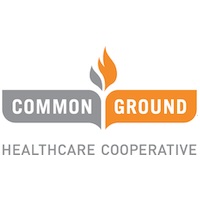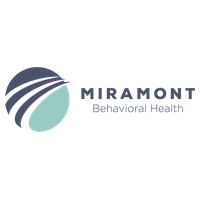
Wisconsin hones in on supporting in-home child welfare services

Wisconsin is working to improve its child welfare system by focusing on prevention and in-home services.
Two legislative committees hosted an informational hearing about the federal Family First Prevention Services Act earlier this month. While it became law in 2018, the act’s application and effects are now being seen in Wisconsin and other states.
The law is the first to allow the largest federal funding channel for child welfare initiatives to reimburse prevention services. The act’s other goals include reducing congregate care and supporting kinship care.
Jenna Bannon, associate director of the National Conference of State Legislatures’ Children and Families Program, said Family First encourages a “paradigm shift” in favor of preventive services.
Under the act, states submit five-year prevention plans to the federal government. Wisconsin’s plan includes greater in-home care support.
Wendy Henderson, administrator for the Division of Safety and Permanence at the Department of Children and Families, said Wisconsin has a “robust” home-visit program, which is a central feature of the plan. The home-visit program does not demand a high federal investment.
“It’s a start,” she said.
Wisconsin’s child welfare system operates differently from other states’ systems. While Family First is statewide, general child welfare programming in Wisconsin is administered by counties with state oversight.
Henderson said her agency is listening for county requests to build out prevention initiatives, like bolstering local case management.
Despite the pandemic’s disruptions, Henderson said that between 2014 and 2021, Wisconsin saw a 26 percent decrease in congregate care placements, suggesting more placements in familiar environments.
She said the state agency is also working on providing specialized congregate care beds to young people with developmental disabilities.
They intend to promote better outcomes through home visits by ensuring children can stay in a safe environment with like-kin, such as grandparents or community members, Henderson said. Children outside of home care graduate high school at lower rates.
“It’s not only the removal of a child that means we’re taking this seriously,” she said.
Rep. Barbara Dittrich, R-Oconomowoc, expressed interest in whether more institutions are applying for qualified residential treatment program status since they can help youth with acute needs in the child welfare system.
Henderson said 23 of 35 residential care centers in Wisconsin are in the process of receiving the status or have already received it.
“Our staff has been really bending over backwards to make sure we can provide the support that people need,” she said.
The state agency observed a decrease in child removals from 2017 through 2021, with 4.5 fewer children removed each day.
Henderson said these children will “wake up in their home, with their siblings, go into the school that they know, surrounded by the people who care about them.”
Some parts of the state are less active in the conversation around Family First. Sen. Joan Ballweg, R-Markesan, and Rep. Ty Bodden, R-Hilbert, said their counties are not as engaged. Ballweg asked if rural counties could partner with other parts of the state to bolster their child welfare programs.
Henderson said nonprofits direct the competitive bid process for home-visiting program support. Those nonprofits can cater to urban-rural disparities by selecting a bid from a rural service area.
Still, Henderson agreed that collaborations between jurisdictions may be needed to ensure all of Wisconsin has comprehensive, child welfare programming.
“We don’t want (evidence-based practices) to be limited to larger jurisdictions,” she said. “When we talk to county directors in the most rural areas, they’ll say, ‘We don’t have anybody to implement this.’”
Henderson said they’re also collaborating with Wisconsin’s tribes to discuss kinship care, including establishing community networks for supporting youth. This consultation is a stepping stone toward future developments with preventive measures in Wisconsin.
“What we really are trying to make sure is that, from a child-centered perspective, that child has what they need,” she said.
– Elizabeth Casolo for Wisconsin Health News

























.jpg?bwg=1612548324)




